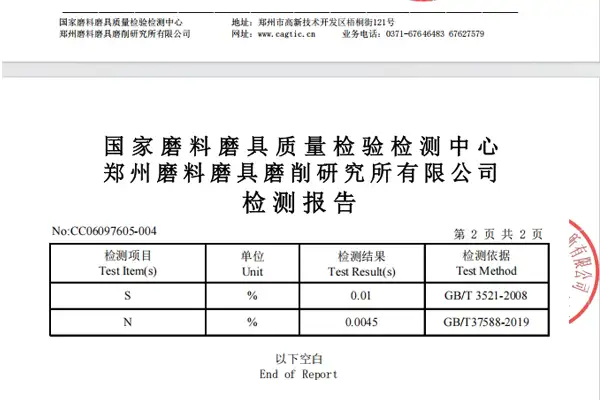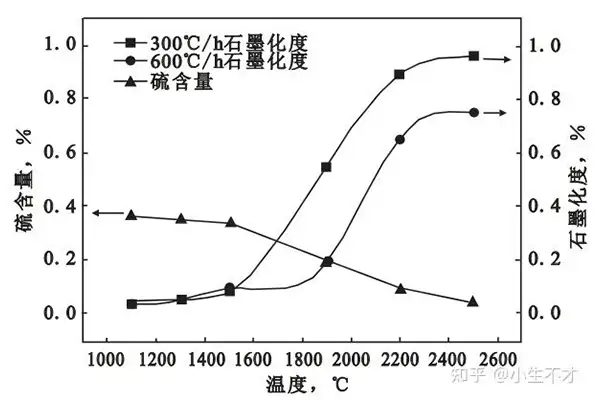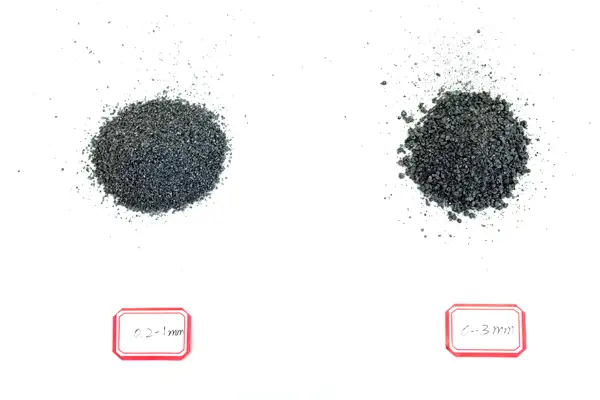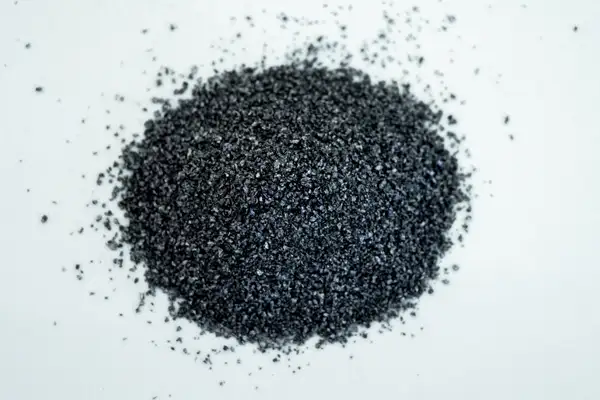Zhengzhou ChangHeYue New Material CO.,LTd
In the metallurgical and foundry industries, recarburizers play a pivotal role in adjusting carbon levels during iron and steel production. However, the sulfur content in recarburizers is a critical parameter that significantly influences both process efficiency and final product quality. This article explores why sulfur control matters, its multifaceted impacts, and strategies for optimizing recarburizer selection.
1. Sulfur’s Detrimental Effects on Carburization Efficiency
Sulfur acts as a barrier to carbon diffusion in molten iron. High sulfur levels (>0.05%) in recarburizers slow carbon dissolution, leading to insufficient carburization and inconsistent carbon content in the final product. For example, non-graphitized recarburizers (e.g., calcined petroleum coke) often exhibit higher sulfur content, which reduces carbon absorption rates by up to 15–20% compared to low-sulfur graphitized alternatives. This inefficiency forces foundries to use more recarburizer to meet targets, escalating costs.
2. Compromised Molten Iron Quality
Excess sulfur reacts with iron to form iron sulfide (FeS), a compound with a low melting point that segregates at grain boundaries during solidification. This weakens intergranular cohesion, increasing brittleness (a phenomenon termed “hot shortness”) and reducing fluidity. Such defects manifest as porosity, slag inclusions, and microcracks in castings, particularly in high-performance components like engine blocks or gears.
3. Degradation of Mechanical and Processing Properties
Elevated sulfur levels (>0.02%) directly impair the mechanical performance of cast iron. Studies show that sulfur-rich recarburizers reduce tensile strength by 10–15% and wear resistance by 20%, while increasing machining difficulty due to poor surface finish. For nodular or vermicular cast iron—where sulfur must be tightly controlled (<0.015%)—even minor deviations disrupt graphite nodule formation, leading to premature failure.
4. Economic Implications of Poor Sulfur Control
High-sulfur recarburizers necessitate additional desulfurization steps, such as fluxing or slag removal, which raise operational costs by 8–12%. Moreover, inconsistent carburization prolongs cycle times and increases scrap rates. For instance, in CO₂-shielded welding wire steel production, sulfur content exceeding 0.020% reduces wire yield by 25%, directly impacting profitability.
Optimizing Recarburizer Selection for Sulfur Control
To mitigate these issues, graphitized recarburizers (e.g., graphitized petroleum coke) are preferred due to their ultra-low sulfur content (<0.05%) and high carbon absorption efficiency. Key strategies include:
- Material Testing: Regularly analyze sulfur levels in raw materials and final products.
- Process Adjustments: Use LF refining to maintain sulfur within 0.010–0.015% for critical applications.
- Advanced Coatings: Technologies like atomic layer deposition (ALD) can create sulfur-blocking interfaces, though this is more common in battery materials.
Conclusion
Controlling sulfur in recarburizers is not just a technical requirement but a strategic necessity for foundries aiming to produce high-quality castings cost-effectively. By prioritizing low-sulfur graphitized recarburizers and adopting rigorous process controls, manufacturers can enhance carburization efficiency, reduce defects, and improve mechanical performance—ultimately strengthening competitiveness in demanding markets.






